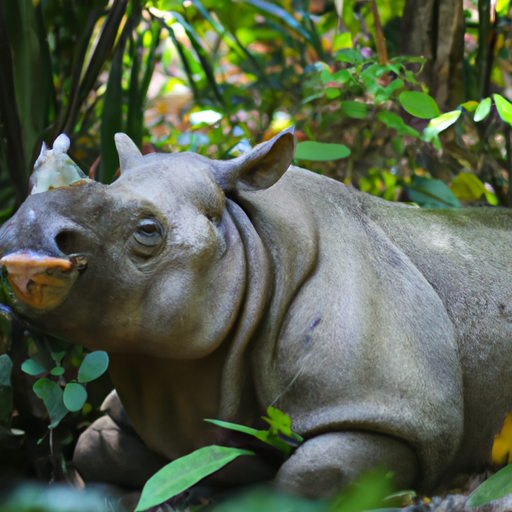 The rainforest is a biodiverse paradise teeming with an incredible array of animal species. From the forest floor to the towering canopy, every layer of this complex ecosystem is home to a multitude of fascinating creatures. In this extensively detailed article, we will explore the various animals that inhabit the world’s rainforests, highlighting their unique characteristics and the important roles they play in maintaining the delicate balance of this ecosystem.
The rainforest is a biodiverse paradise teeming with an incredible array of animal species. From the forest floor to the towering canopy, every layer of this complex ecosystem is home to a multitude of fascinating creatures. In this extensively detailed article, we will explore the various animals that inhabit the world’s rainforests, highlighting their unique characteristics and the important roles they play in maintaining the delicate balance of this ecosystem.
Starting from the ground, the rainforest floor is a bustling environment where countless species coexist. Among the most iconic inhabitants are jaguars, the apex predators of the rainforest. These elusive big cats are known for their powerful hunting abilities and their striking coat patterns. Other predators include the ocelot, margay, and the elusive bushmaster snake, one of the most venomous snakes in the world.
Moving up to the understory, we encounter a plethora of diverse species. Tapirs, with their distinctive snouts, are often seen foraging for vegetation. They play a crucial role in seed dispersal, helping to maintain the forest’s biodiversity. The capybara, the world’s largest rodent, can also be found here, as well as peccaries, which travel in large herds for protection against predators.
As we ascend to the canopy, a whole new world unfolds. Monkeys swing through the treetops, showcasing their incredible agility. The Amazon rainforest alone is home to over 30 species of primates, including the charismatic howler monkeys, spider monkeys, and the tiny pygmy marmosets. These intelligent creatures play a vital role in seed dispersal and nutrient cycling.
Birds, with their vibrant colors and melodious songs, add a touch of beauty to the canopy. The resplendent Quetzal, with its emerald green plumage and long, trailing tail feathers, is often considered a symbol of the rainforest. Other notable avian species include toucans, macaws, and the elusive harpy eagle, one of the largest and most powerful birds of prey in the world.
But the rainforest is not just about mammals and birds; it is also abundant with reptiles and amphibians. One of the most iconic reptiles found here is the green anaconda, the world’s largest snake, capable of reaching over 30 feet in length. Poison dart frogs, with their vivid colors and toxic skin secretions, are a sight to behold, while the glass frogs, named for their transparent skin, offer a fascinating glimpse into their internal organs.
Beneath the forest floor lies a hidden realm of incredible diversity: the invertebrate world. Insects, spiders, and other arthropods dominate this realm, with countless species yet to be discovered. Leaf-cutter ants march in long trails, carrying leaf fragments many times their size to their underground colonies. Butterflies of all shapes and sizes flit from flower to flower, their delicate wings creating a kaleidoscope of colors. The Hercules beetle, with its impressive size and strength, showcases the incredible adaptations found in this realm.
The rivers and streams within the rainforest are home to a wide variety of aquatic life. The Amazon River alone contains over 3,000 species of fish, including the infamous piranhas. Giant river otters, with their playful nature and sociable behavior, are also found in these waterways. They are one of the most endangered mammals in South America, highlighting the importance of conservation efforts.
It is important to note that the diversity of rainforest animals extends beyond what can be covered in this article. The sheer number of species, estimated to be in the millions, is a testament to the complexity and richness of this ecosystem. From the smallest insects to the largest mammals, each animal plays a crucial role in maintaining the delicate balance of the rainforest.
However, despite their importance, many of these animals are facing significant threats due to deforestation, habitat loss, and climate change. It is imperative that we recognize the value of rainforest ecosystems and work towards their conservation. By protecting these habitats and the animals within them, we not only preserve the incredible biodiversity of the rainforest but also ensure the well-being of our planet as a whole.
